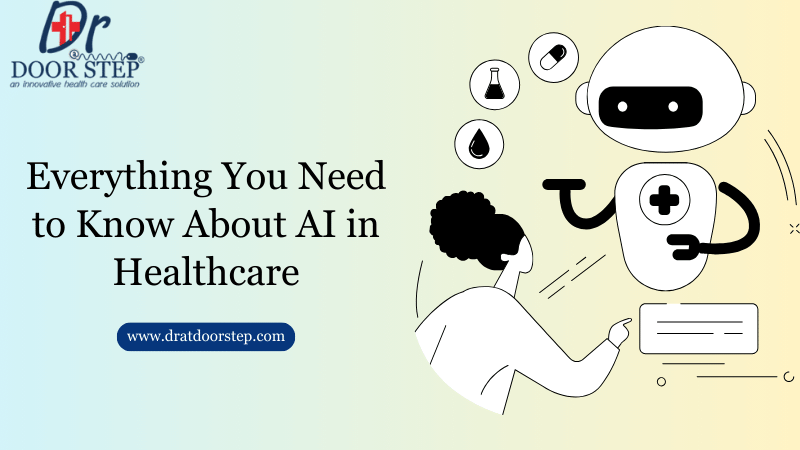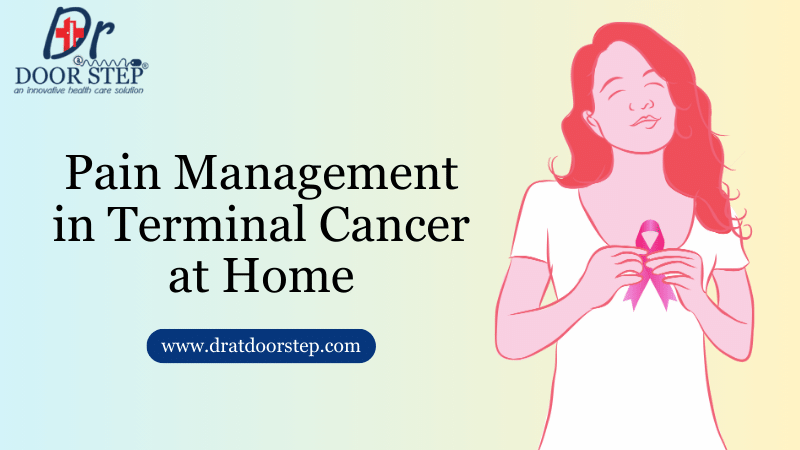Pain Management in Terminal Cancer at Home


Which Situations Require You To Have.
Health problems are always serious and need for all-encompassing fixes. Doctor on Call services are frequently used by patients when.
Read More
Everything You Need to Know About.
Healthcare is just one of the many industries that artificial intelligence (AI) has transformed recently. With the future of healthcare.
Read More

